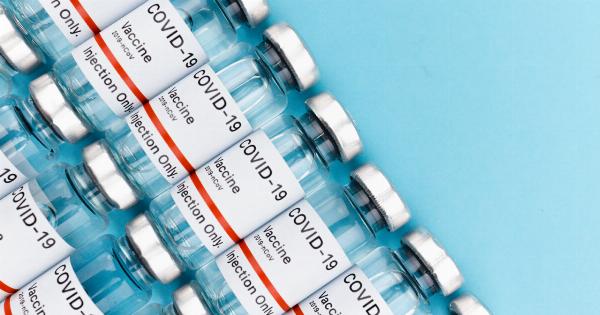AAV2 or Adeno-associated virus type 2 is a small, non-pathogenic virus that belongs to the family Parvoviridae. It is a single-stranded DNA virus that requires a helper virus for its replication.
AAV2 has been extensively studied in the field of gene therapy and is considered as a powerful tool for delivering therapeutic genes into the target cells.
AAV2 and Acute Hepatitis in Children
Acute hepatitis is an inflammatory liver disease that is characterized by the sudden onset of symptoms such as fatigue, nausea, vomiting, abdominal pain, and jaundice. It is caused by various viruses such as hepatitis A, B, C, D, and E.
However, recent studies have shown that AAV2 can also cause acute hepatitis in children.
Clinical Presentation
The clinical presentation of acute hepatitis caused by AAV2 is similar to other hepatitis viruses. Children usually present with symptoms such as fatigue, nausea, vomiting, abdominal pain, and jaundice.
Laboratory investigations show elevated liver enzymes, bilirubin, and prothrombin time. However, unlike other hepatitis viruses, AAV2 infection does not cause chronic hepatitis or liver cirrhosis.
Transmission
The mode of transmission of AAV2 is not yet fully understood.
However, studies have suggested that it can be transmitted through contact with contaminated blood or body fluids, sexual contact, or vertical transmission from mother to child during delivery.
Diagnosis
The diagnosis of acute hepatitis caused by AAV2 is based on a combination of clinical presentation, laboratory investigations, and detection of AAV2 DNA in the patient’s blood.
Serological tests for other hepatitis viruses are negative in AAV2 infection.
Treatment and Prevention
There is no specific treatment for acute hepatitis caused by AAV2. Treatment is mainly supportive and focused on relieving the symptoms.
However, the infection is usually self-limiting, and most patients recover within a few weeks without any complications. To prevent AAV2 infection, it is essential to maintain proper hygiene and avoid contact with contaminated blood or body fluids.
AAV2 as a Tool for Gene Therapy
AAV2’s ability to infect human cells without causing any significant pathogenic effects has made it a prime candidate for gene therapy.
AAV2 can deliver therapeutic genes into the target cells, making it an attractive tool for treating various genetic disorders such as cystic fibrosis, muscular dystrophy, and hemophilia. Several clinical trials using AAV2 for gene therapy have shown promising results, making it a potential alternative to traditional therapies.
Conclusion
AAV2 is a small, non-pathogenic virus that has gained significant attention in the field of gene therapy. However, recent studies have shown that it can also cause acute hepatitis in children.
Although rare, it is essential to consider AAV2 as a potential cause of acute hepatitis in children with no previous exposure to other hepatitis viruses. Further research is needed to elucidate the mode of transmission and develop effective preventive measures.




























